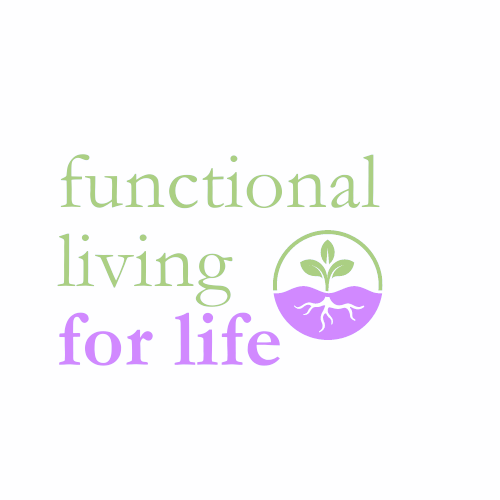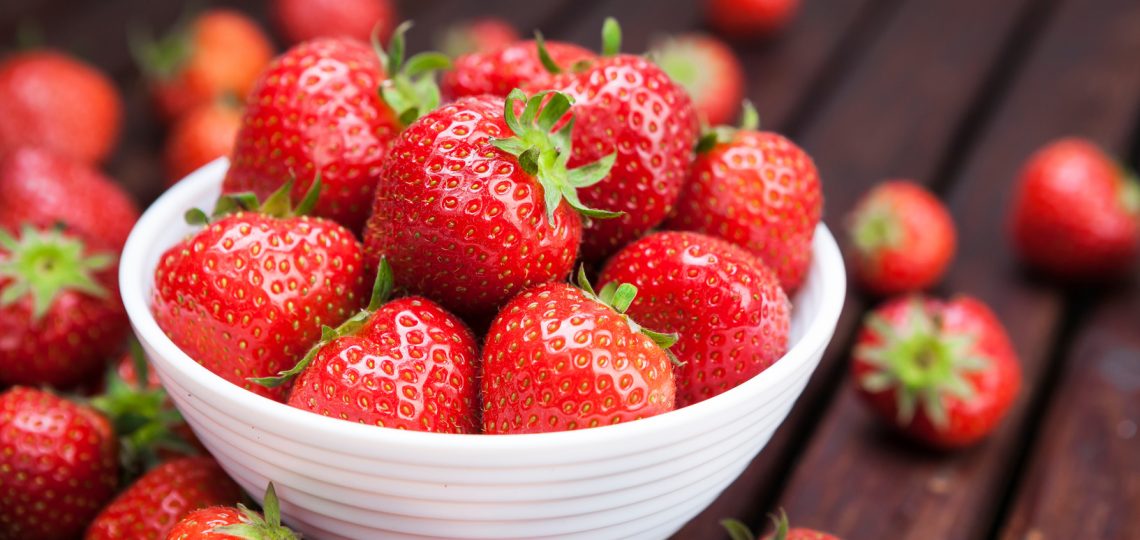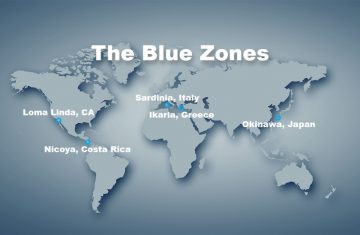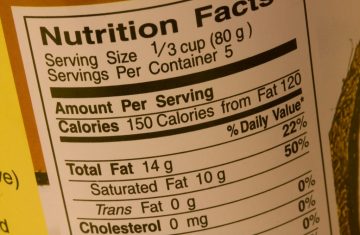Each year, the Environmental Working Group (EWG) releases its much-anticipated Shopper’s Guide to Pesticides in Produce, offering valuable insight into which fruits and vegetables carry the highest and lowest pesticide loads. The 2025 edition brings a significant shift: produce is now ranked not just by the presence or amount of pesticide residues, but also by pesticide toxicity.
Using data from over 53,000 USDA tests, the EWG found that more than 75% of non-organic fruits and vegetables contained detectable pesticide residues. While that may not sound surprising, the toxicity rankings highlight deeper concerns, especially when it comes to the Dirty Dozen.
The Dirty Dozen: Most Toxic Produce
The Dirty Dozen includes familiar favorites like:
- Strawberries
- Spinach
- Blackberries
- Potatoes
These foods topped the list due to the toxicity and diversity of chemicals found on them. For example:
- 93% of blackberry samples contained pesticide residues, with an average of four different chemicals detected.
- Nearly 90% of potatoes tested had traces of chlorpropham, a growth inhibitor pesticide that is banned in the European Union due to health concerns.
The Clean Fifteen: Lowest in Pesticides
On the other end of the spectrum, the Clean Fifteen consists of fruits and vegetables that are least likely to contain pesticide residues. Nearly 60% of these items showed no detectable residues at all, making them safer choices when organic options aren’t available.
Tips for Safer Produce Choices
To reduce your exposure to harmful pesticides:
- Buy organic, when possible, especially for items on the Dirty Dozen list.
- Wash produce thoroughly, even if it won’t remove all pesticides—it can significantly reduce residue levels.
- Choose from the Clean Fifteen when shopping on a budget or when organic options are limited.
Being informed about pesticide exposure empowers you to make healthier choices for you and your family. Use the EWG’s guide as a tool to shop smarter and eat cleaner.
Resources
You can view the full Dirty Dozen and Clean Fifteen lists on the Environmental Working Group’s website.




